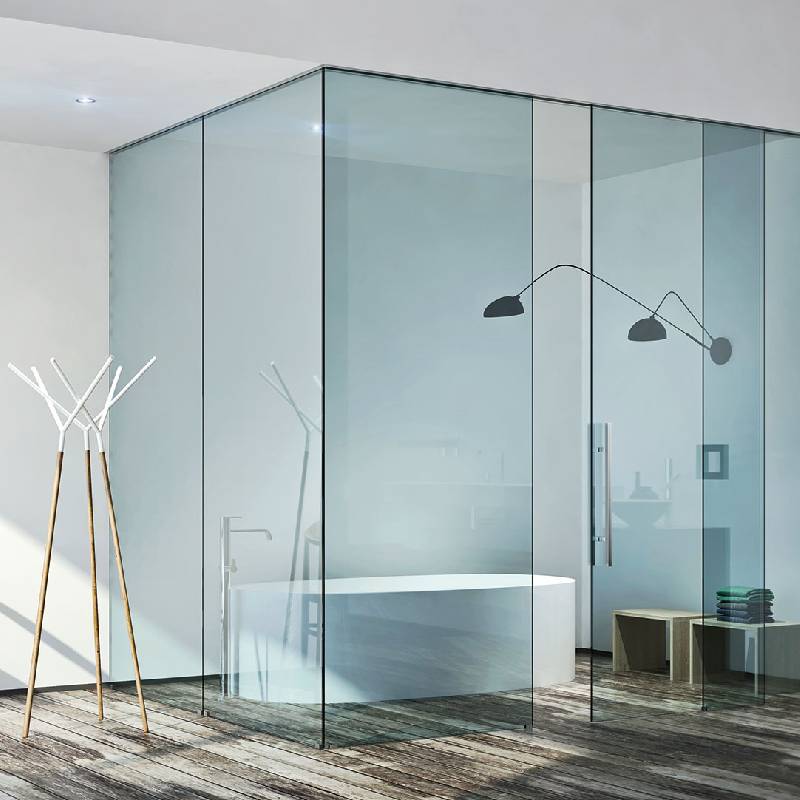

The Allure of Mirror Float Glass
Mirror float glass, often celebrated for its exceptional clarity and reflective properties, has secured its place as a premium material in various applications, from architecture to automotive design. Its unique qualities not only enhance aesthetic appeal but also serve practical functions, making it a favored choice among designers and engineers alike.
At the core of mirror float glass production is the float glass process, a method that involves floating molten glass on a bed of molten tin. This technique allows for the creation of exceptionally flat and smooth glass surfaces. Once produced, a thin layer of metallic silver or aluminum is applied to one side to provide the reflective quality associated with mirrors. This creates a product that is not just a reflection of the world but also a functional element in various environments.
One of the primary attributes of mirror float glass is its clarity. Unlike traditional mirrored surfaces, which may have distortions or imperfections, float glass offers a pristine reflection. This feature is particularly valued in applications where visual accuracy is paramount, such as in design studios, photography studios, and certain retail environments. Interior designers often exploit this clarity to create illusions of space, depth, and light, making smaller areas feel larger and more open.
Beyond its aesthetic benefits, mirror float glass is also favored for its versatility. It is used extensively in interior decor, from wall panels to decorative accents. In bathrooms, for example, mirrored surfaces can enhance the sense of cleanliness and spaciousness. In commercial spaces, large mirrored walls can create a modern look while also offering practical advantages, like making a narrow hallway appear wider.

In the world of architecture, mirror float glass plays a pivotal role in contemporary building design. Large expanses of glass facades not only create stunning visual impact but also connect indoor and outdoor environments, allowing natural light to flood interior spaces. The reflective qualities of the glass can contribute to energy efficiency by minimizing heat absorption, a crucial factor in sustainable building design.
Automotive applications have also embraced mirror float glass. High-quality reflective surfaces are crucial for rear-view mirrors and other reflective components in vehicles. The clarity and precision of mirror float glass ensure safe driving conditions by providing drivers with an unobstructed view.
Moreover, mirror float glass is surprisingly durable. When treated correctly, it can withstand environmental conditions better than many other materials. This durability extends its functionality and aesthetic appeal, making it a worthwhile investment for both residential and commercial applications.
In conclusion, mirror float glass is much more than just a reflective surface. Its exceptional clarity, versatility, and durability make it a sought-after material across various industries. As designers continue to explore new ways to incorporate this glass into their projects, we can expect to see even more innovative and breathtaking applications emerge, solidifying mirror float glass's status as a staple in modern design. Whether reflecting the beauty of nature or enhancing the elegance of architectural forms, mirror float glass undoubtedly remains a key player in the interplay of light, space, and perception.